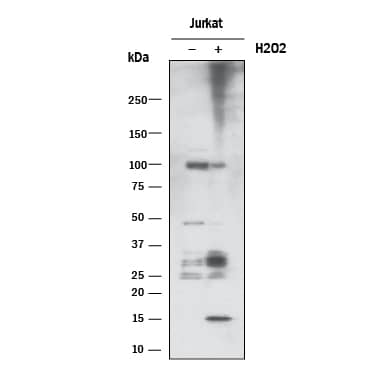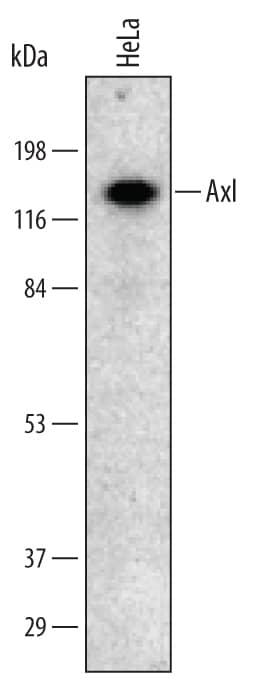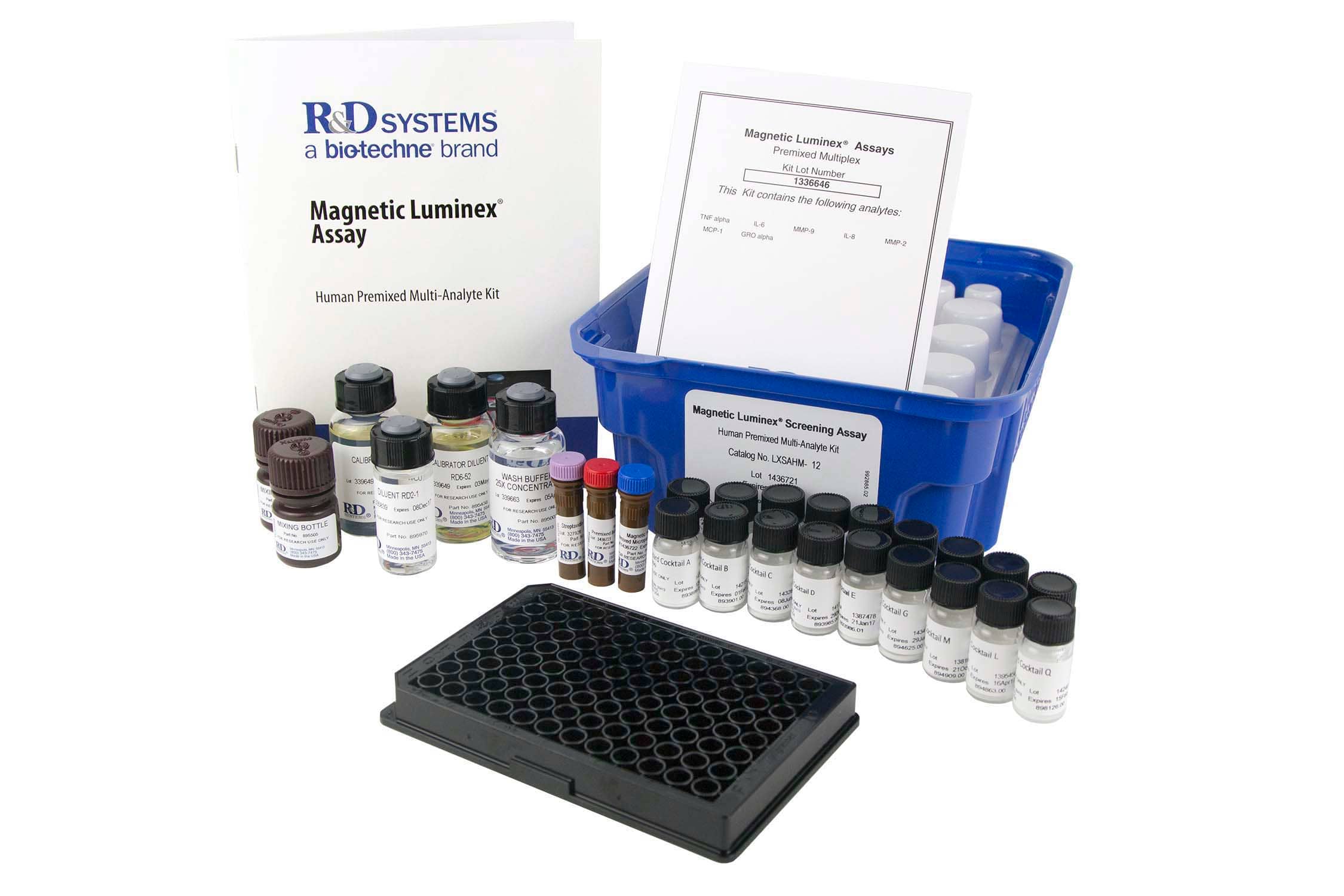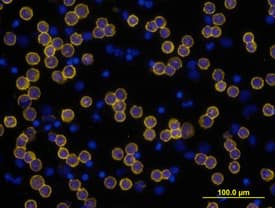Flow Cytometry Cell Viability Overview
Flow cytometry provides a rapid and reliable method to quantify viable cells in a cell suspension. Determination of cell viability is critical when evaluating the physiological state of cells, such as in response to cytotoxic drugs and environmental factors, or during the progression of cancer and other disease states. In addition, it is often necessary to detect dead cells in a cell suspension in order to exclude them from analysis. Dead cells can generate artifacts as a result of non-specific antibody binding or unwanted uptake of fluorescent probes. One method to identify the two cell populations is by dye exclusion. Live cells have intact membranes that exclude a variety of dyes that easily penetrate the damaged, permeable membranes of non-viable cells.
Several different fluorochromes can be used to stain non-viable cells including 7-amino actinomycin D (7-AAD). 7-AAD is a membrane impermeant dye that is generally excluded from viable cells. It binds to double stranded DNA by intercalating between base pairs in G-C-rich regions. 7-AAD can be excited at 488 nm with an argon laser. It has a relatively large Stokes shift, emitting at a maximum wavelength of 647 nm. Because of these spectral characteristics, 7-AAD can be used in combination with other fluorochromes excited at 488 nm such as fluorescein isothiocyanate (FITC) and phycoerythrin (PE).
The following protocol has been developed and optimized by R&D Systems Flow Cytometry Laboratory for cell viability staining using 7-AAD.
Please read the following cell viability protocol in its entirety before beginning.

Reagents Required
- PBS (1X): 0.137 M NaCl, 0.05 M NaH2PO4, pH 7.4 or Hank’s Balanced Salt Solution (HBSS; 1X)
- Flow Cytometry Staining Buffer (Catalog # FC001) or an equivalent solution containing BSA and sodium azide
- 7-AAD Staining Solution: 1 mg/mL 7-AAD in PBS (store at 2-8 °C in the dark)
Materials Required
- FACS™ Tubes (5 mL round-bottom polystyrene tubes)
- Pipette Tips and Pipettes
- Centrifuge
- Vortex
Procedure
- Harvest cells and aliquot up to 1 x 106 cells/100 μL into FACS tubes. Wash the cells by adding 2 mL PBS (or HBSS), centrifuging at 300 x g for 5 minutes and then decanting the buffer from pelleted cells. Repeat wash step for a total of 2 times.
Note: Staining of cell surface antigens with antibodies may be done at this point. 7-AAD cannot be used when labeling intracellular molecules. - Resuspend cells in 100 μL of Flow Cytometry Staining Buffer (Catalog # FC001).
- To adjust flow cytometer settings for 7-AAD, add 5 - 10 μL of 7-AAD staining solution to a control tube of unstained cells. Mix gently and incubate for 30 minutes at 4 °C in the dark.
- Determine 7-AAD fluorescence (using the FL-2 or FL-3 channel) with a FACScan™ instrument.
Note: Use the FL-2 channel if staining only with 7-AAD. Collect 7-AAD fluorescence in the FL-3 channel if the cells have also been stained with an FITC- and/or PE-conjugated antibody. - Acquire data for unstained cells and single-color positive controls.
- Add 5 - 10 μL of 7-AAD staining solution to each sample and incubate for 30 minutes at 4 °C in the dark prior to analysis. Set the stop count on the viable cells from a dot-plot of forward scatter versus 7-AAD.
Note: Do not wash cells after the addition of the 7-AAD staining solution.
FACS and FACScan are trademarks of Becton Dickinson and Company.






































